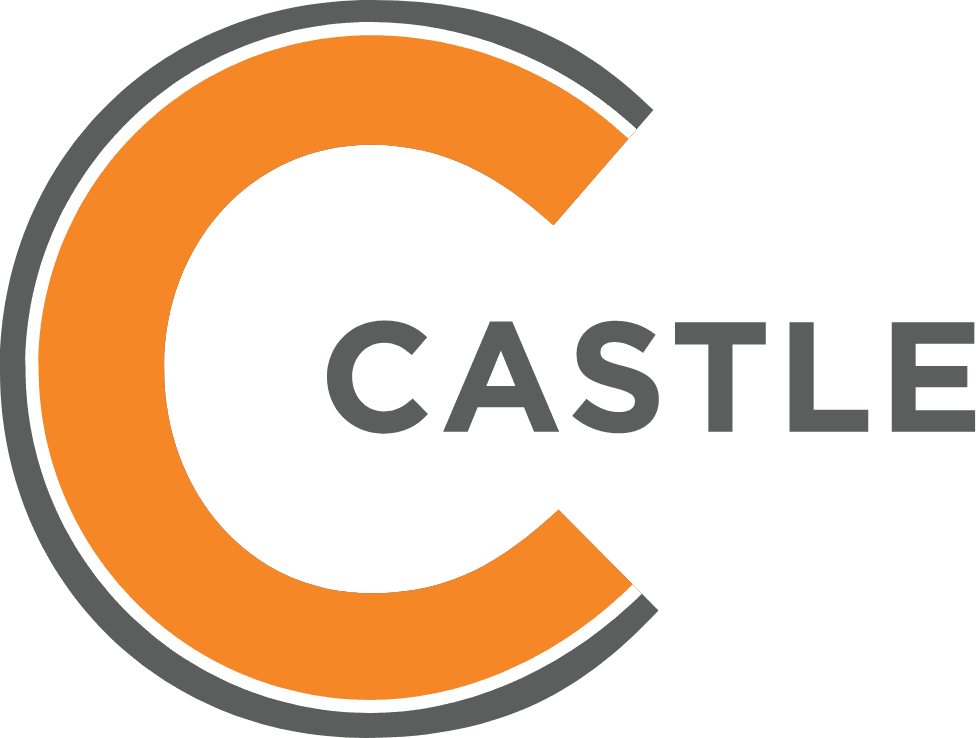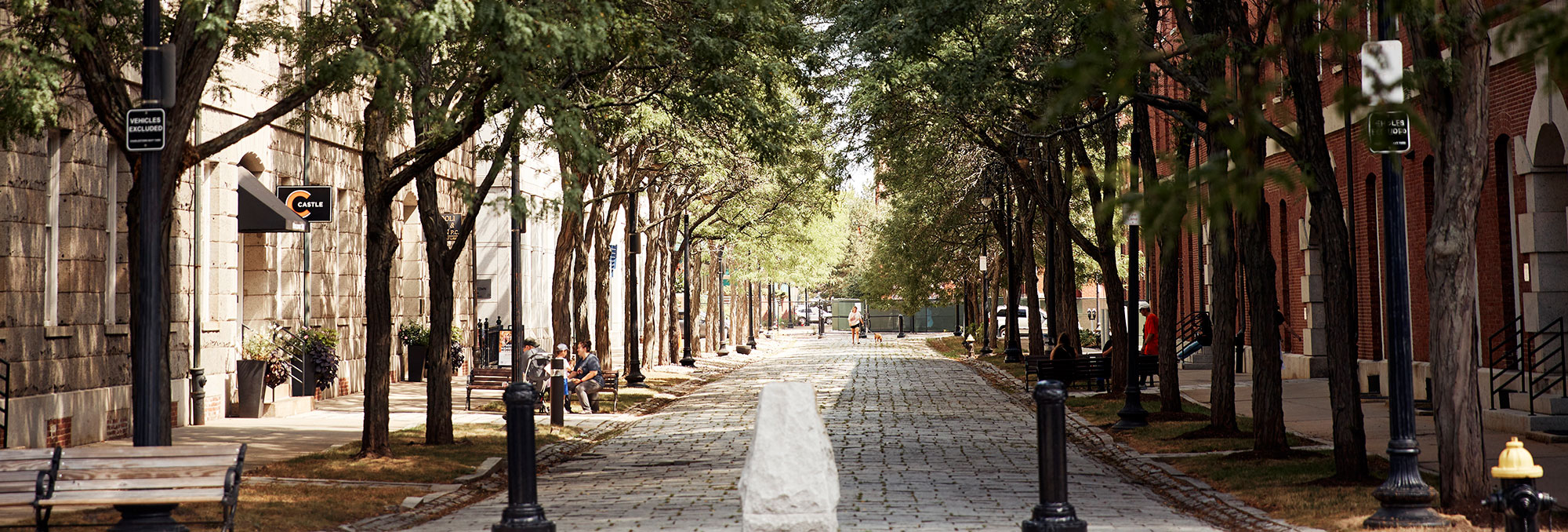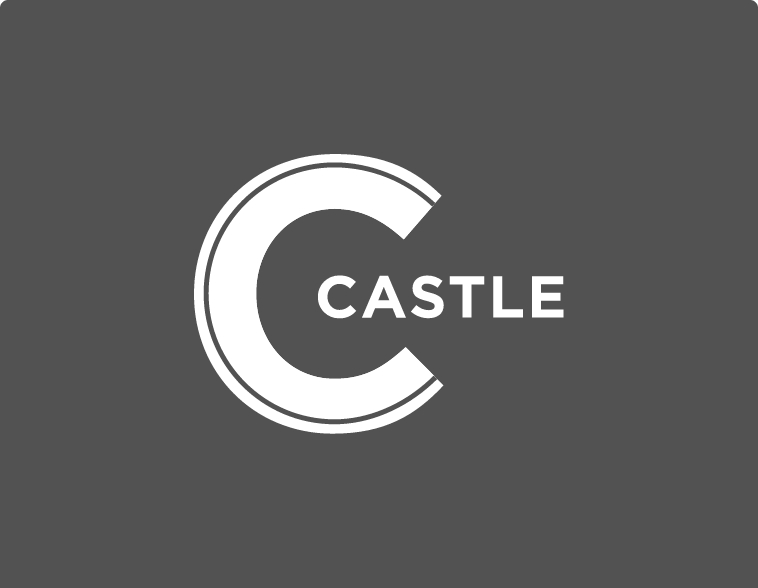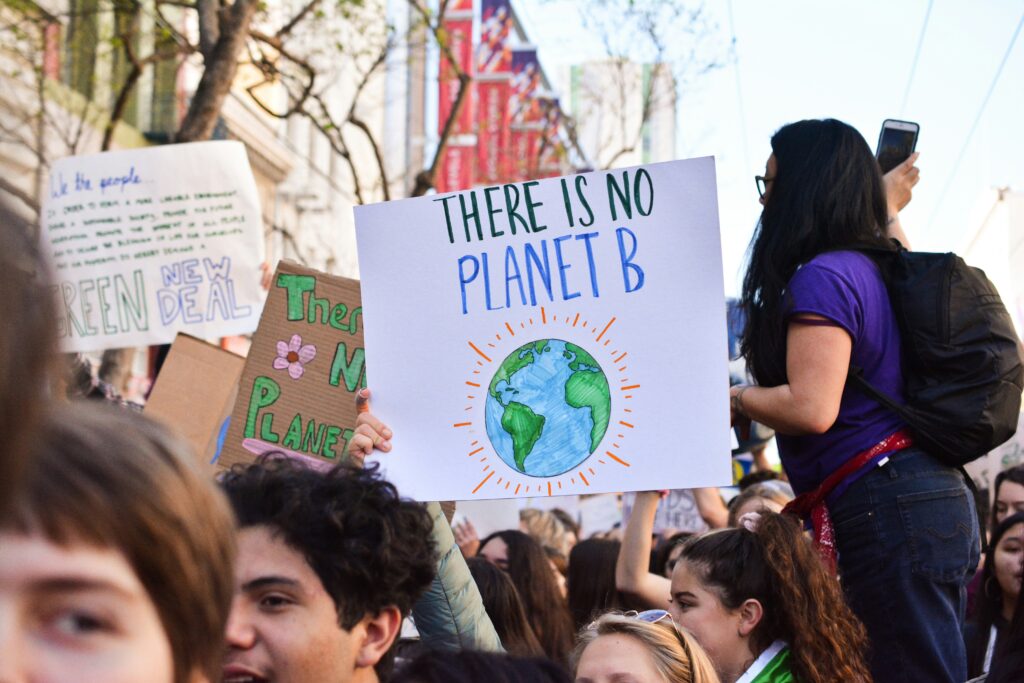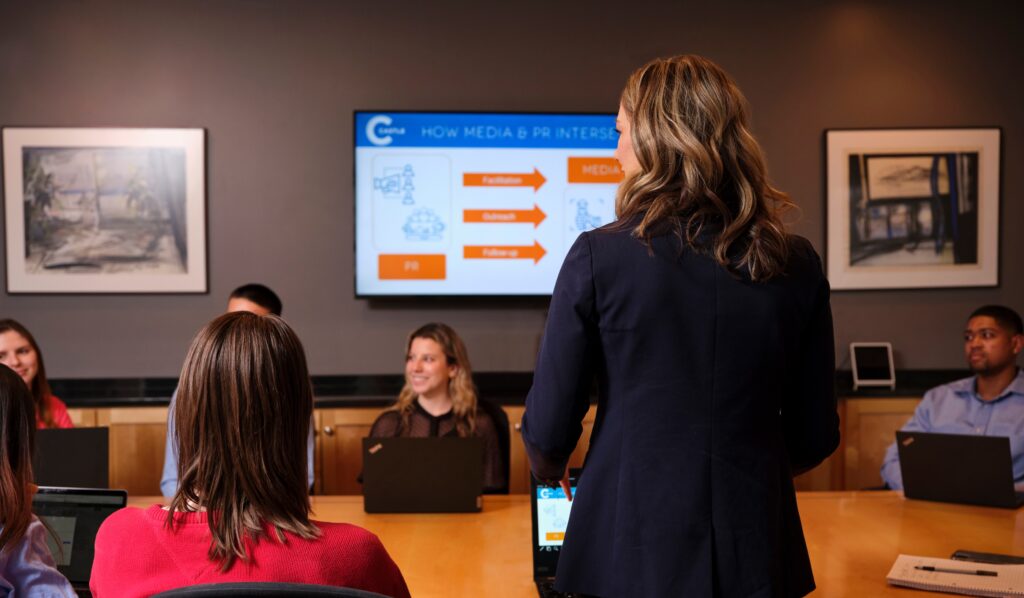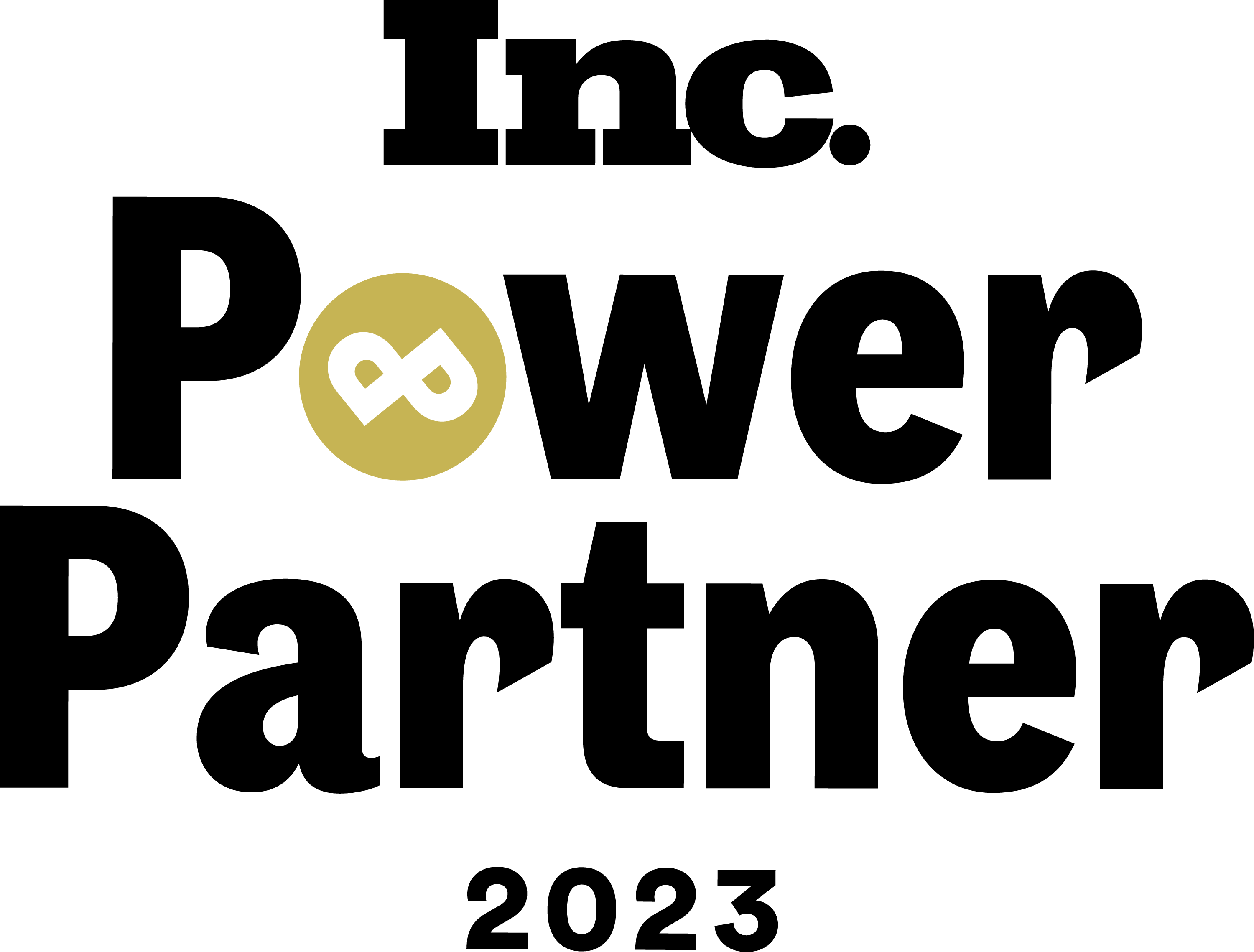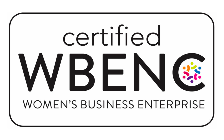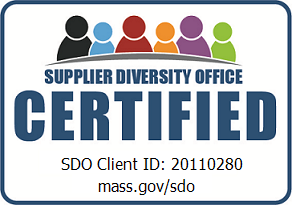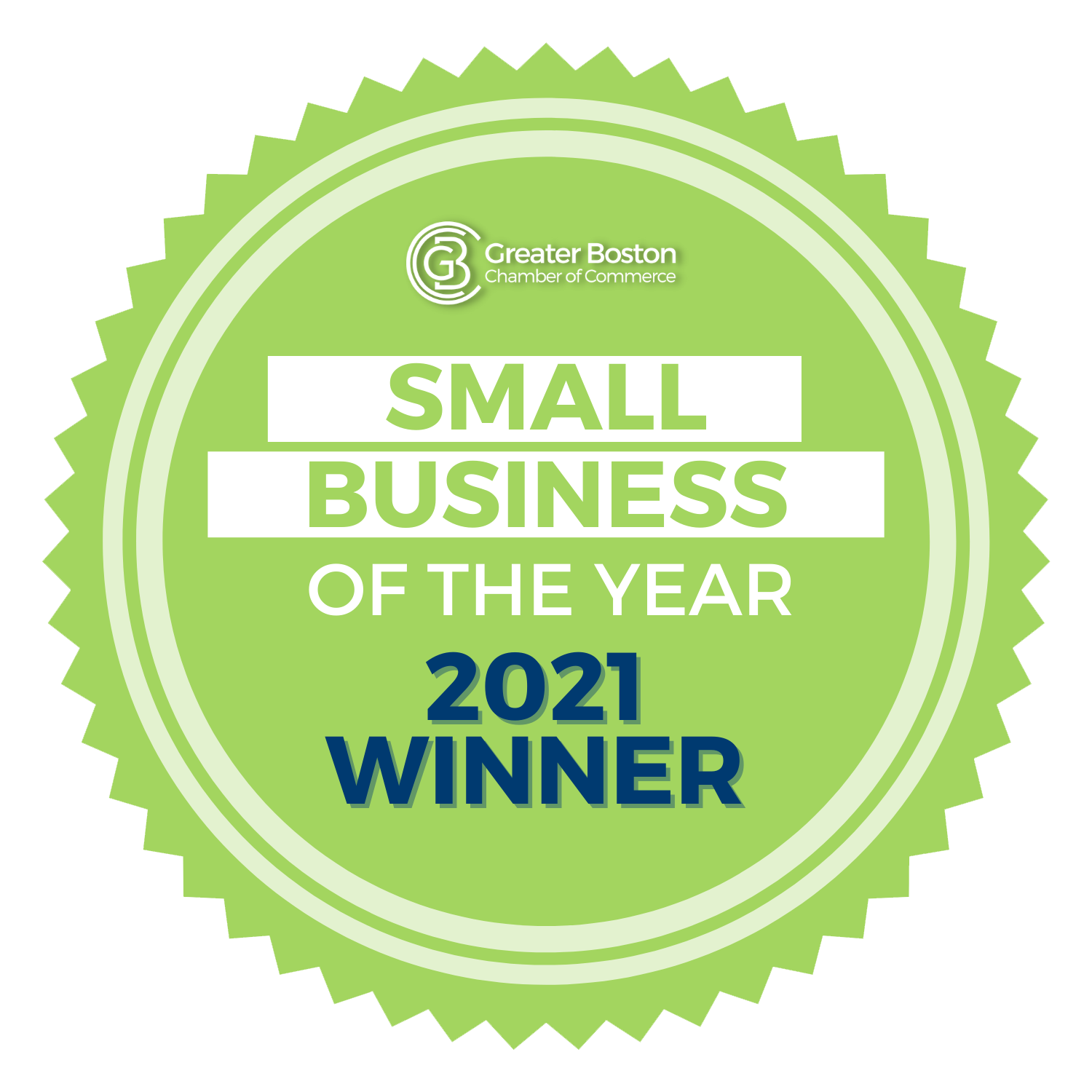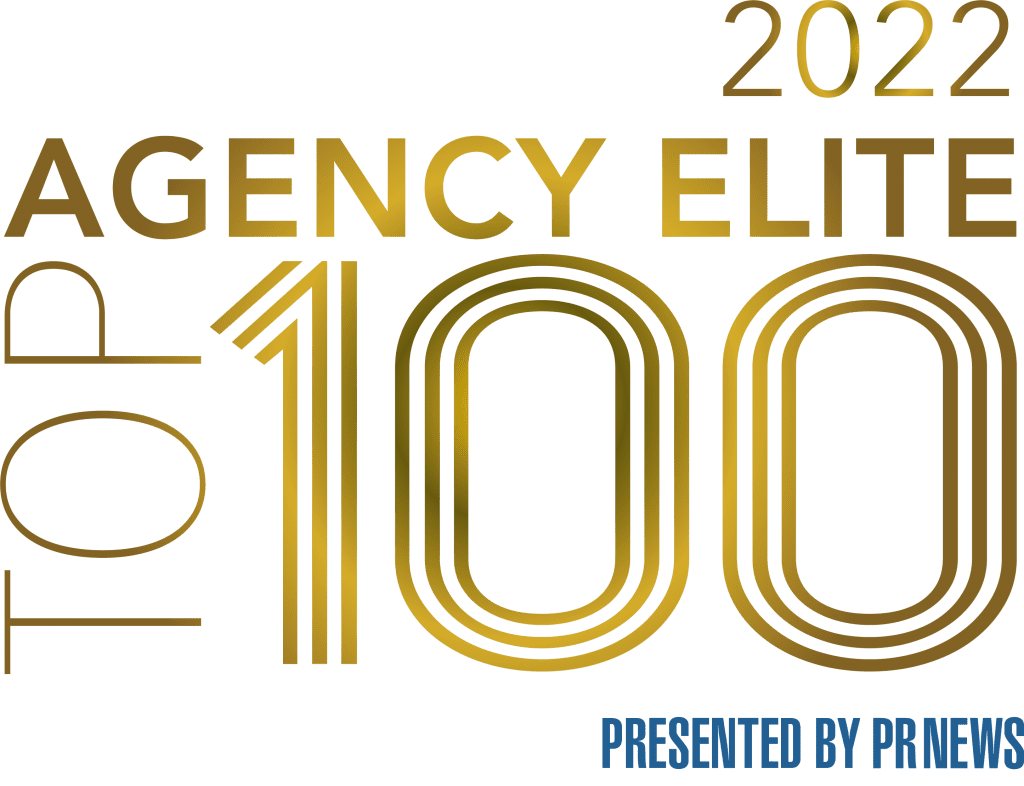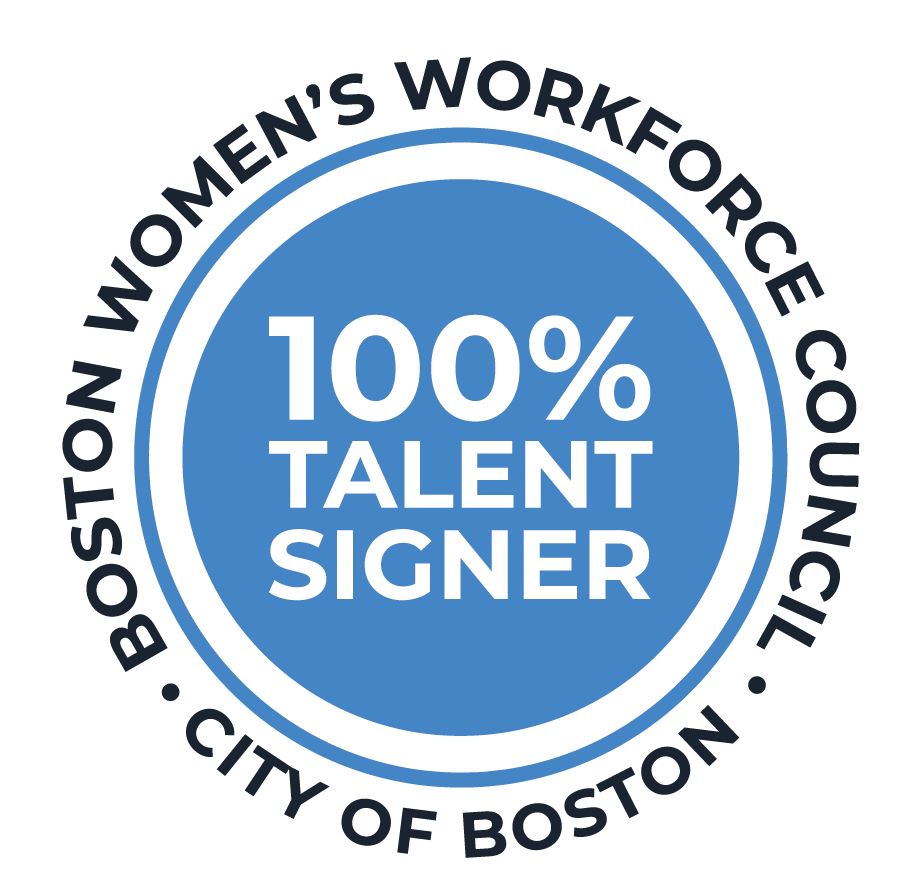While incentive travel is a popular motivator across many industries, the reason behind its success has evolved over the last several years. It is arguably easier to present a team with a monetary reward rather than navigate the logistics of planning a trip. So why are employee incentive programs still a preferred option? We break it down below.
What are incentive travel programs?
An incentive trip is usually a company-sponsored program designed to reward an organization’s top performers with a getaway. The length, destination, and inclusions differ depending on the organization’s goals, making each trip unique and memorable for qualifiers and executives. Those who meet the criteria for the trip vary – in fact, incentive programs that were once limited to company sales teams have expanded to include internal and external-facing departments.
Do travel incentives work?
At Castle, we know that travel incentive programs are an effective way to unite and engage employees, but what are their impacts? Because employees must qualify for the program, they are incentivized and motivated to meet or exceed their annual goals or sales quota. Additionally, with more teams working remotely and interacting face-to-face a handful of times a year, one of the biggest benefits of incentive travel is getting employees together in one room.
Each year the Incentive Travel Index surveys over 1,000 incentive travel agencies, end users, and suppliers to better understand the success of corporate travel incentive programs. In 2022, 91% of the surveyed constituents agreed that, with a dispersed workforce, incentive travel will have an even more important role in building engagement and company culture.
Benefits of incentive travel
While hard to measure, the intangible benefits of a travel incentive program are one of the reasons why incentive trips regained popularity once COVID-19 travel restrictions were lifted. A few days of relaxation and team building can strengthen relationships with colleagues, create renewed investment in the organization, and leave employees feeling refreshed, inspired, and ready to collaborate.
Incentive travel example: A multi-night program in Costa Rica
An example of a 3-day travel incentive itinerary is below:
Day 1
- Group Lunch
- Bring the group together casually at the beginning of the program.
- An unstructured event allows employees to mingle, introduce their colleagues to their guests, and plan out the leisure time of their trip.
- Serve a dish that is local to the destination. In Costa Rica we served a variety of ceviche and tres leches for dessert.
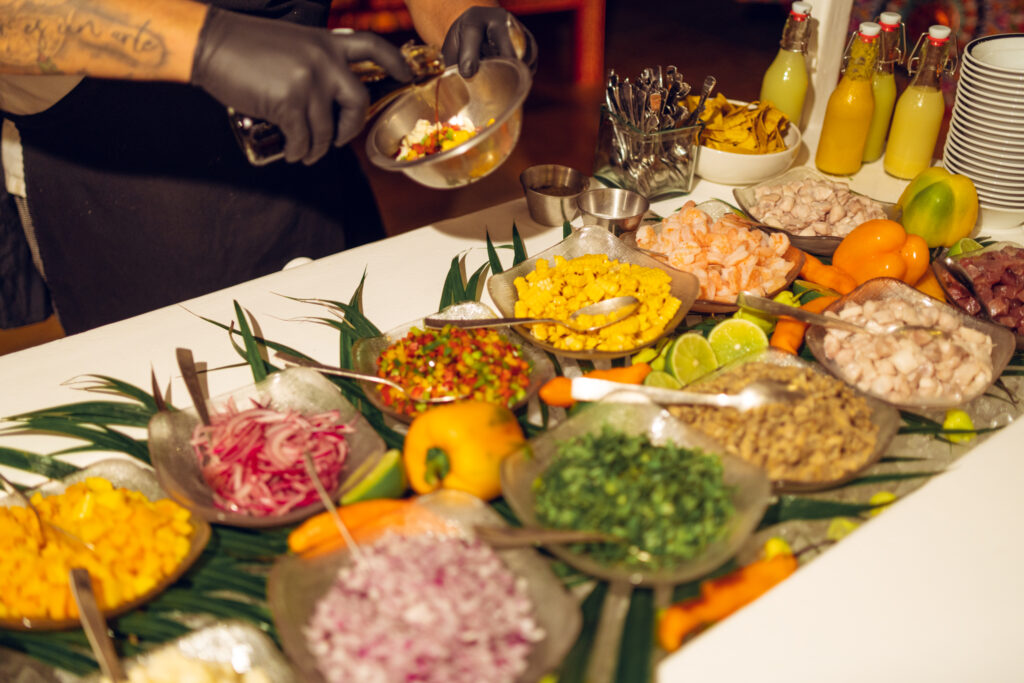
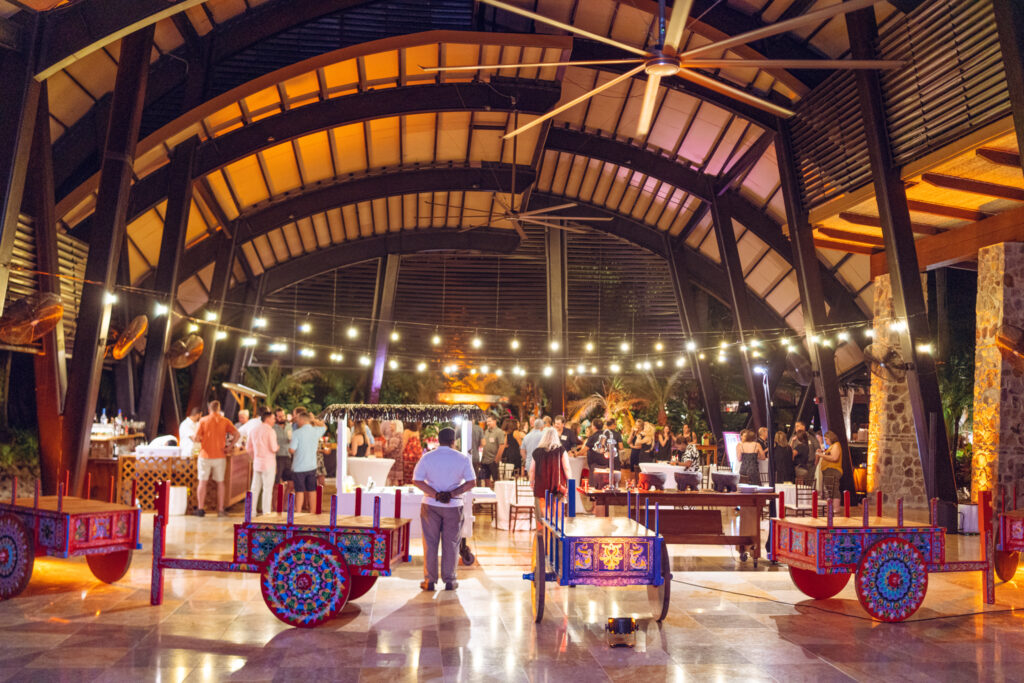
- Interactive CSR Activity
- Work with the hotel or a local expert to target an initiative with significant value to the community.
- Build time into your agenda to give background on the initiative. In Costa Rica, guides provided an overview of the program, complete with videos – keep reading for more information on the exercise.
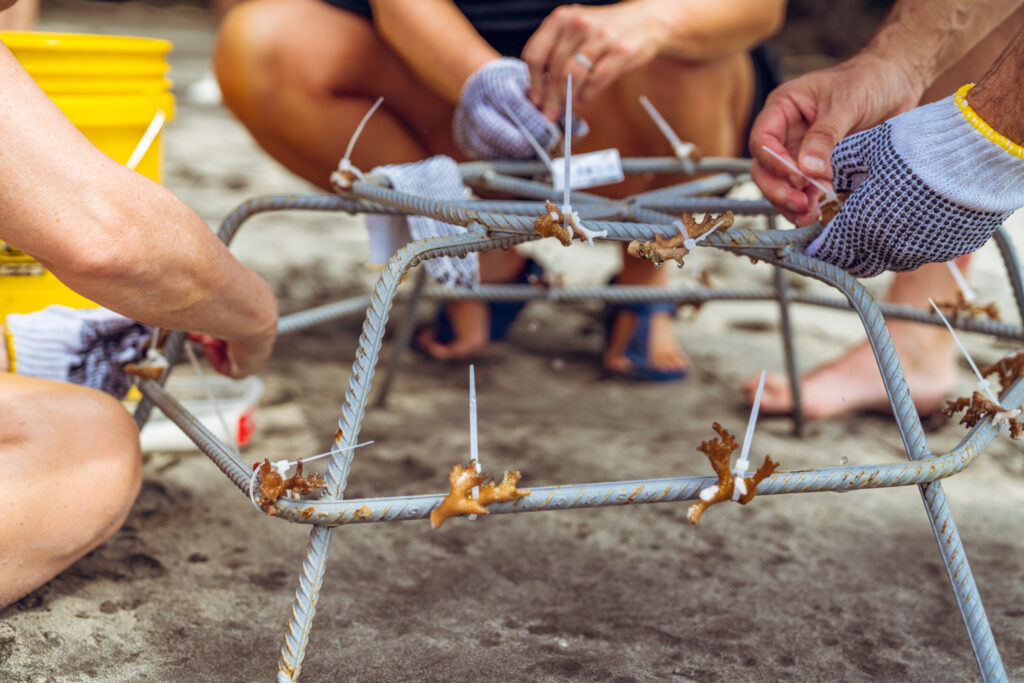
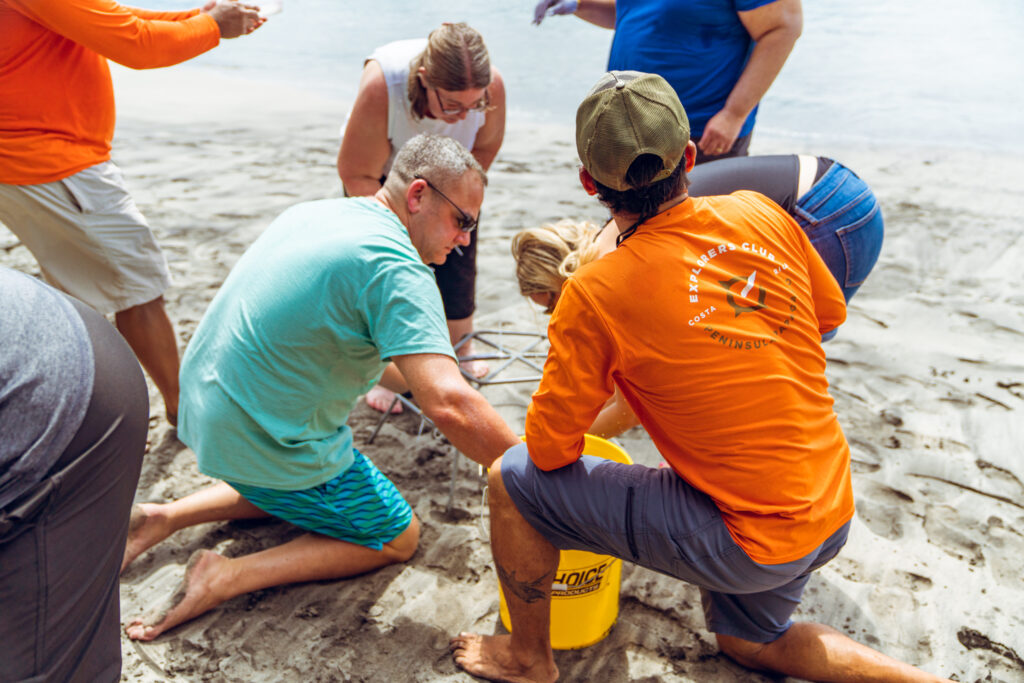
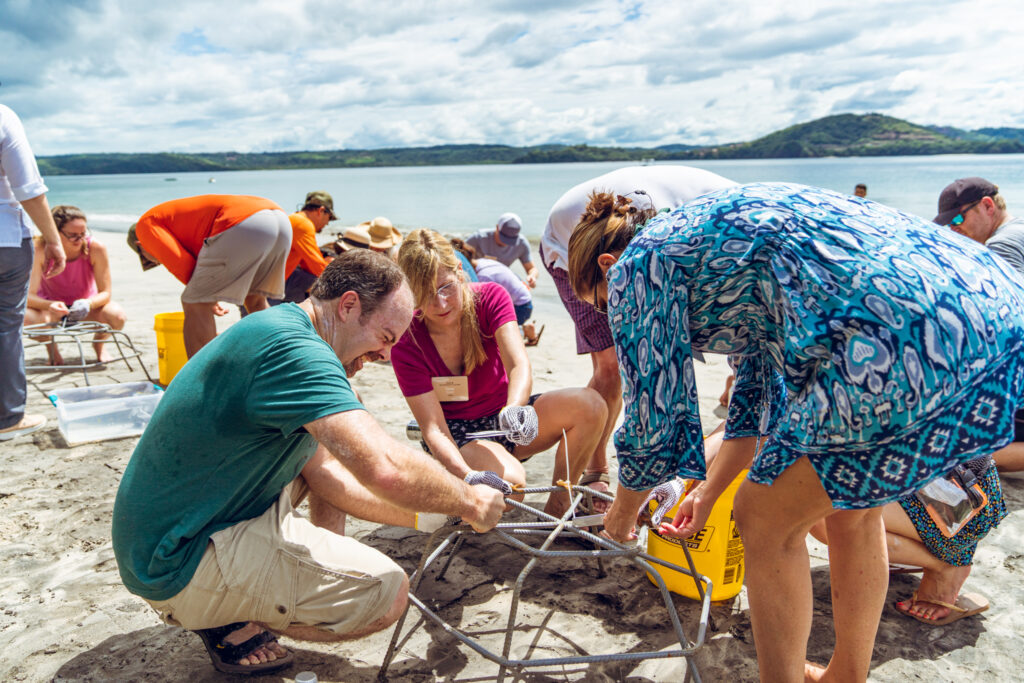
Day 2
- Company Meeting and Activity
- A live update from the organization’s executive team reminds attendees why their work is essential.
- Conclude the meeting with an interactive activity. A coffee and chocolate pairing was a great way to highlight Costa Rica’s local treats.
- Afternoon of Leisure
- Create blocks of time for guests to explore the property. In Costa Rica, the hotel offered complementary mixology classes, fitness programs, paddle board rentals, and more.
- Small Group Networking Dinners
- Dine-arounds are a popular component of travel incentive programs because they create more intentional time for teams to connect.
- Because most properties have multiple restaurants, group dinners can be arranged without leaving the resort. Elevate the dinners by reserving private dining spaces.
Day 3
- Offsite Group Activity
- Curate a bespoke group activity. Group reservations open the doors to experiences that an individual may not be able to book on their own.
- While ziplining is popular in Costa Rica, enhance the activity by transporting guests via catamaran and end the day with each guest infusing a bottle of rum to take home.
- Final Night Dinner and Awards Celebration
- Before everyone departs, find time to recognize and celebrate the team’s accomplishments.
- Local entertainment, custom cocktails, mocktails, and décor set the scene. We hired a cigar roller in Costa Rica for an educational gifting opportunity.
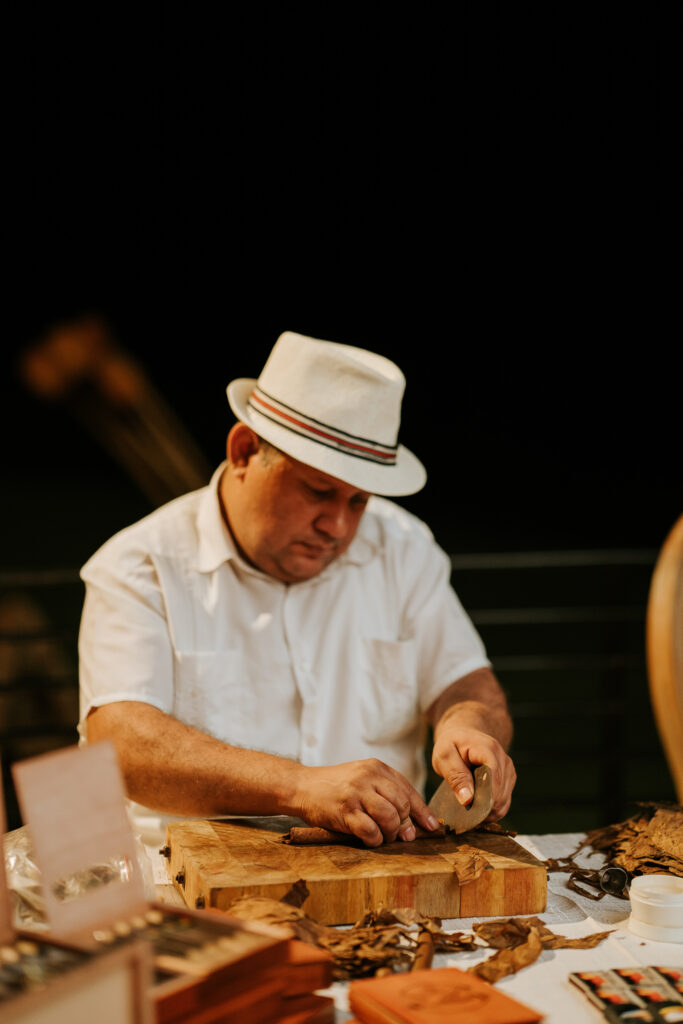

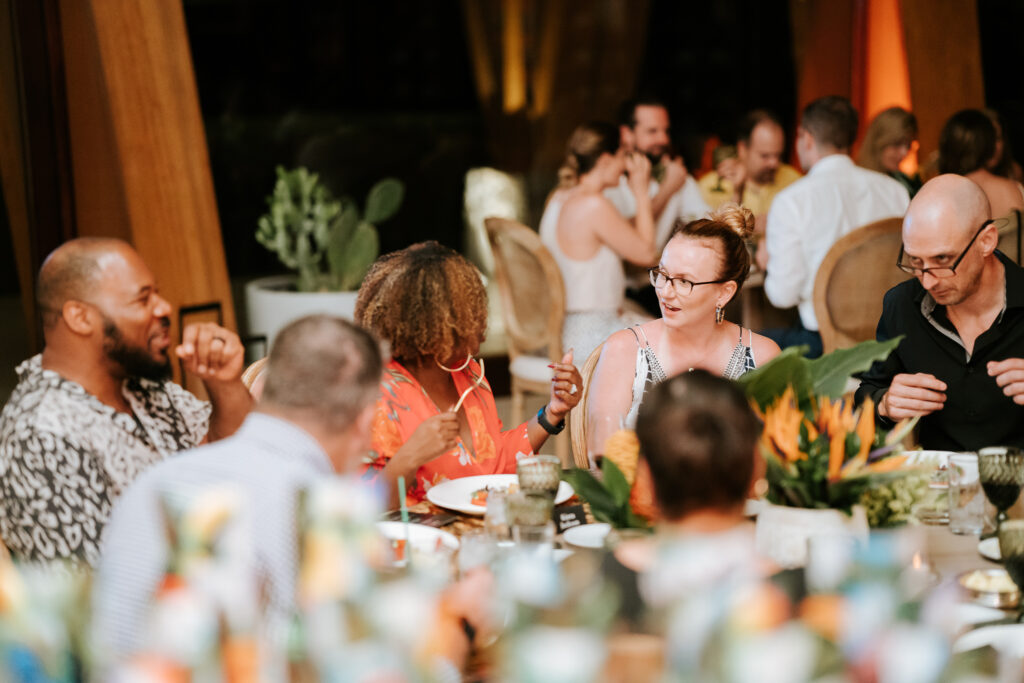
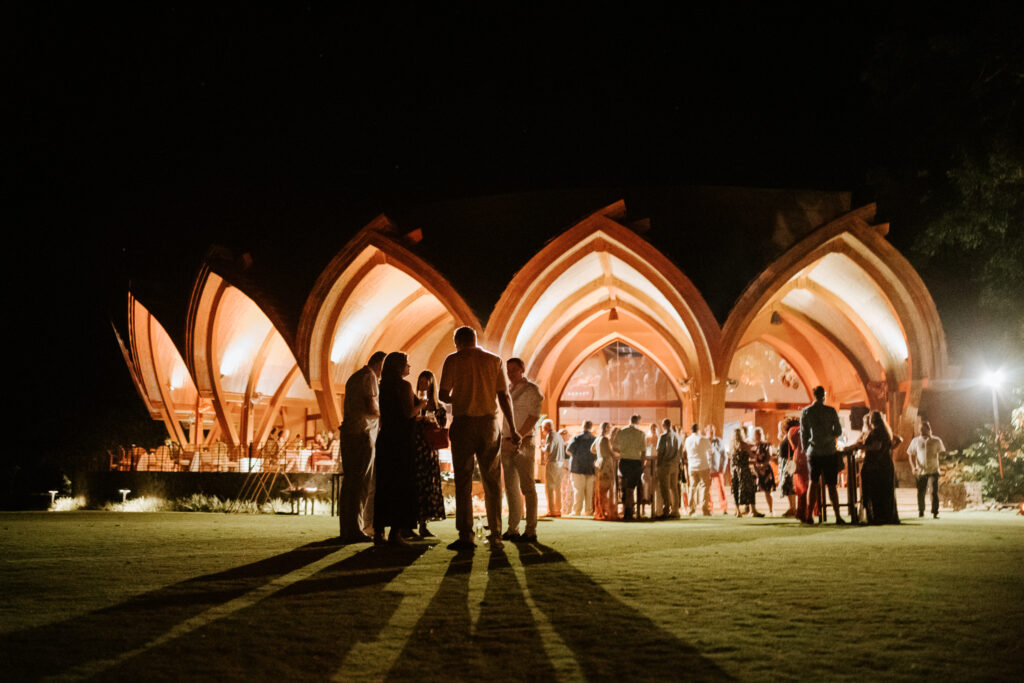

The art of giving back during incentive travel programs
Large and small organizations are expanding their CSR initiatives by incorporating them into event program agendas. During an incentive travel program, there is a unique opportunity for attendees to learn about the destination, understand the local community’s greatest needs, give back—and create lifelong memories. Here are a few examples of how incentive programs for employees can give back to the destination’s local community:
- Creating baskets for local food pantries
- Planting trees and greenery around the property
- Organizing school supplies for children in foster care or orphanages
- Assembling bikes for children in surrounding neighborhoods
- Cleaning up the beach or local park
During one program we executed in Guanacaste, Costa Rica, attendees built coral reef structures using small fragments of coral to support a local initiative to rebuild the ocean’s ecosystem. When the program concluded, we received overwhelmingly positive feedback. One hundred percent of attendees said they would like to continue to see a CSR component in future trips. One guest relayed: “I really liked the environment and educational focus of the CSR. It was well thought out, educational, and to the point.”
Other incentive travel examples
Whether it is two days hiking the red rocks in Sedona, five evenings exploring the cobblestone streets of Dubrovnik, an adventure-filled weekend on a ranch in Jackson Hole, or three sun-filled days in Punta de Mita – yes, we’ve planned events in all these places and more! – the most important thing is to tailor your incentive program experiences to your group. Seek out and listen to attendee feedback to execute an incentive program that feels like a true reward, and you will find success.
Interested in exploring travel incentive programs for your employees?
Contact Castle’s team of event professionals today for more information on revamping your current incentive program or launching a new initiative. We will work with your planning team to create a custom program that matches your needs!
